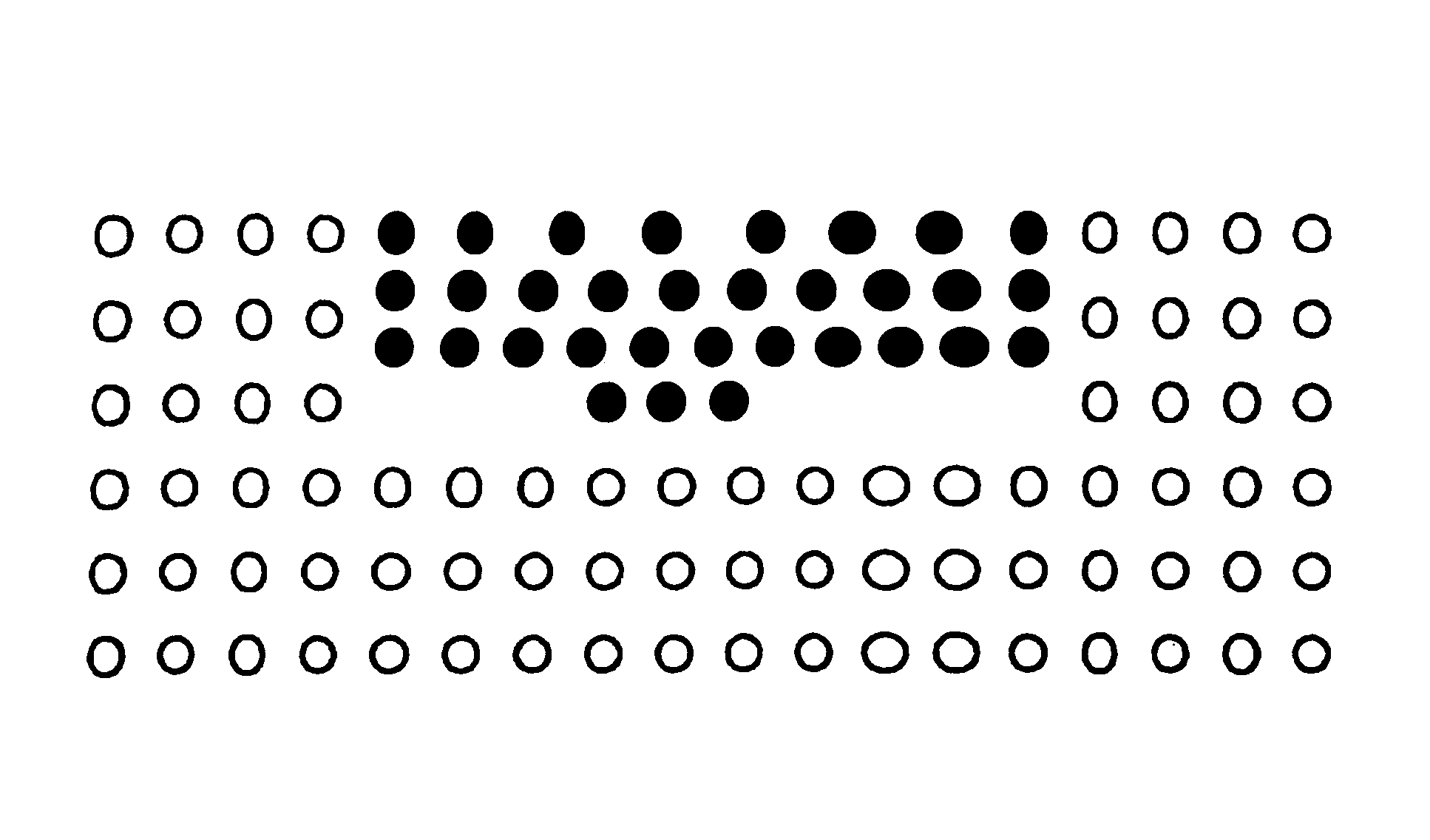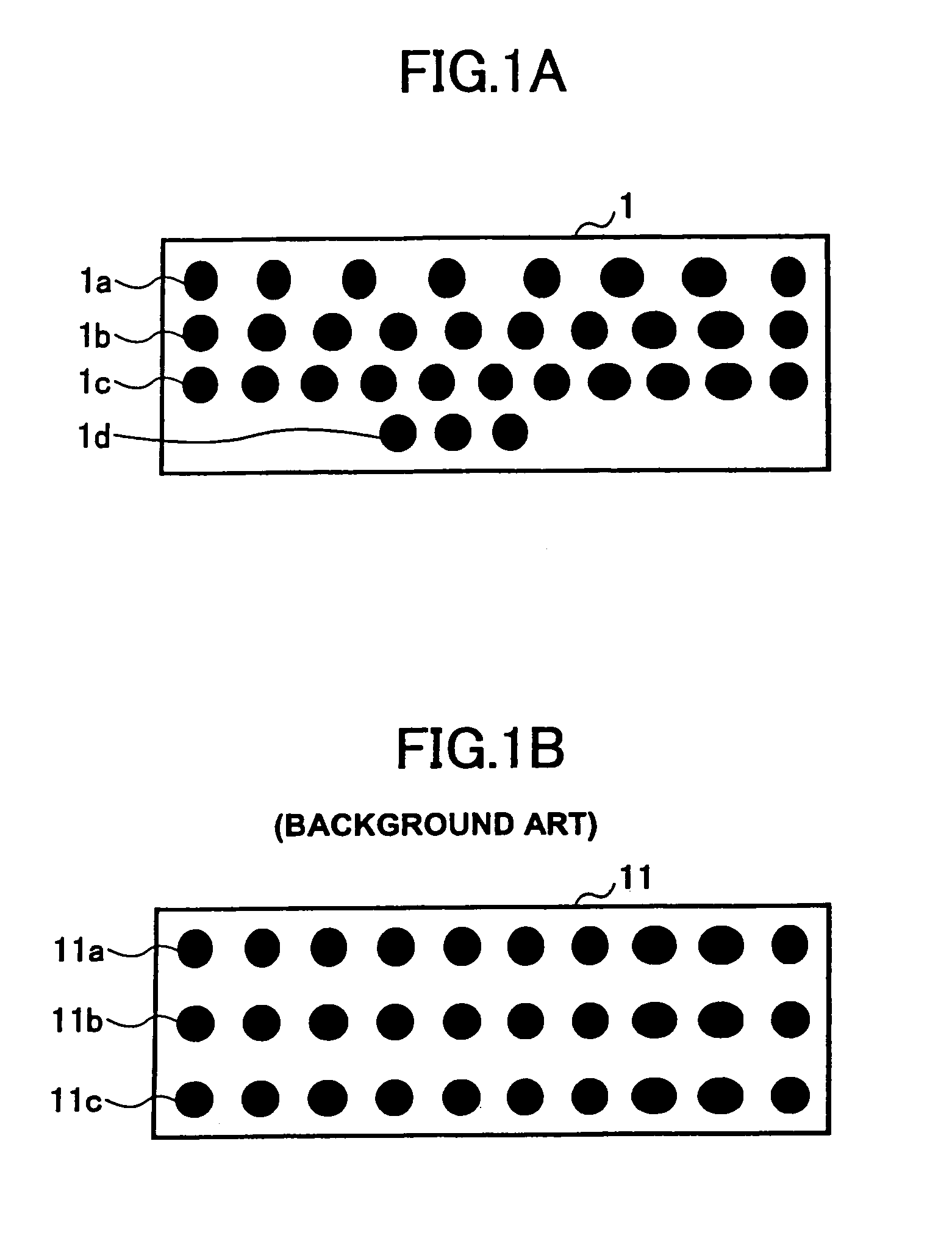Device package, a printed wiring board, and an electronic apparatus with efficiently spaced bottom electrodes including intervals between bottom electrodes of different lengths
a technology of printed wiring and electronic equipment, applied in the direction of printed circuit non-printed electric components association, sustainable manufacturing/processing, final product manufacturing, etc., can solve the problems of increasing dimensions, increasing costs, and difficulty in providing a sufficient number of connections between elements, so as to increase the number of electrode rows and facilitate the making of different, the effect of efficient wiring
- Summary
- Abstract
- Description
- Claims
- Application Information
AI Technical Summary
Benefits of technology
Problems solved by technology
Method used
Image
Examples
Embodiment Construction
[0021]In the following, embodiments of the present invention are described with reference to the accompanying drawings.
[0022]FIGS. 1A and 1B give layout diagrams showing examples of device package bottom electrode arrangements according to the present invention, and according to conventional practice, and FIGS. 2A and 2B give layout diagrams showing printed wiring board (PWB) pad arrangements according to the present invention, and according to the conventional practice.
[0023]A device package 1 shown in FIG. 1A is mounted on a PWB shown in FIG. 2A. A device package 11 shown in FIG. 1B is mounted on a PWB shown in FIG. 2B.
[0024]For a given wiring density (a line width and an interval) of a PWB, the number of wires that can be provided between the pads of the PWB depends on the distance between the edges of the electrodes of the device package, the pads corresponding to the electrodes of the device package for surface mounting to the PWB. Further, since it is necessary to provide a ce...
PUM
 Login to View More
Login to View More Abstract
Description
Claims
Application Information
 Login to View More
Login to View More - R&D
- Intellectual Property
- Life Sciences
- Materials
- Tech Scout
- Unparalleled Data Quality
- Higher Quality Content
- 60% Fewer Hallucinations
Browse by: Latest US Patents, China's latest patents, Technical Efficacy Thesaurus, Application Domain, Technology Topic, Popular Technical Reports.
© 2025 PatSnap. All rights reserved.Legal|Privacy policy|Modern Slavery Act Transparency Statement|Sitemap|About US| Contact US: help@patsnap.com



